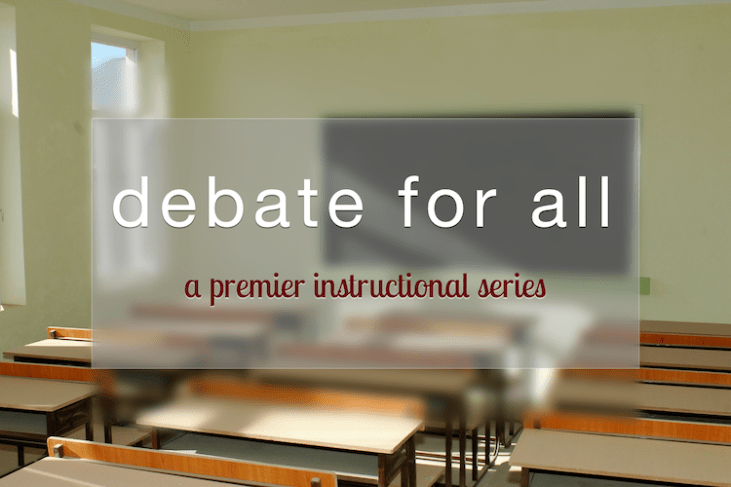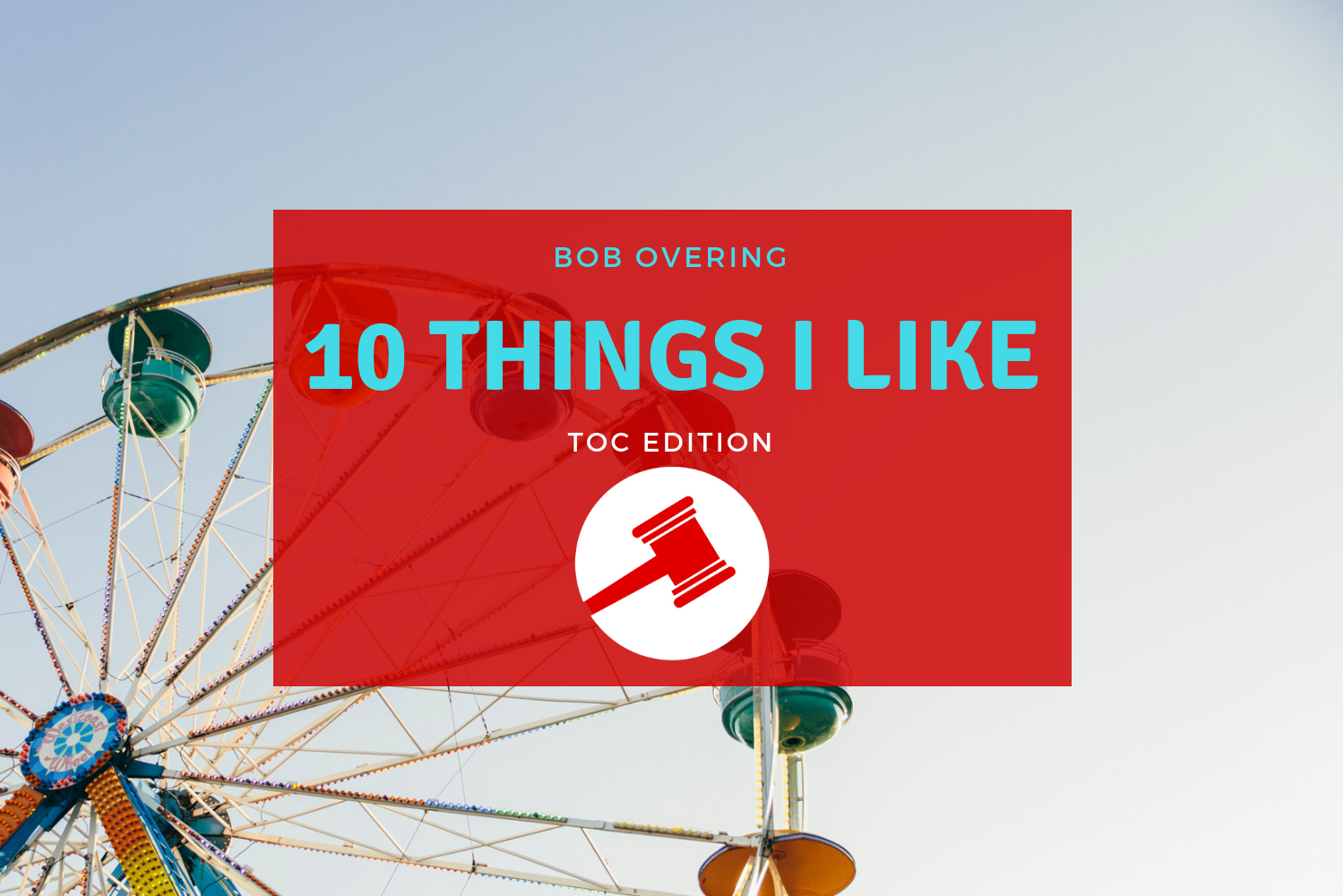4 Ways to Adapt to Split Panels (Kenan Anderson)

Introduction
We’ve all been there. Nervously pacing or fretting in the cafeteria. Constantly refreshing tabroom. Lunging for your phone every time it vibrates. It’s 8:02 and pairings were supposed to be out at 8:00, where are they?!
Debaters are often hyper-focused at a tournament on the pairings for the next round, and not without good reason. Pairings provide a TON of useful information, everything from what argument you should expect in the round, how long you have to prepare, and even where you should go for your round. However, for too many debaters the pairing boils down to one thing; who am I debating? But this, I will argue, is far less important than, who am I debating in front of?
When I debated, I often spent much more time scrutinizing tabroom and judge philosophies (RIP) than I did my opponents wiki. Especially at more regional tournaments, knowing the judge’s thoughts on theory, kritiks, even things like sitting/standing during speeches was a top priority. If the judge’s paradigm was insufficient, my coach and I would try to gather whatever other information we could from those we knew at the tournament: school affiliation, judging history, and even politely asking questions before the round. This focus on judge style and preferences seems to be disappearing.
The Challenge of “Split Panels”
Several times this year I was placed on a panel with one judge with significant circuit experience and another who was either a parent or a traditional forensics judge. Yet, in every debate it seemed that the students simply targeted the two circuit judges, hoping that that would be enough to win.
Every single debate was a 2-1 with the two circuit judges splitting and the third parent or traditional judge deciding.
While judge adaptation goes well beyond the circuit/lay dichotomy, this article will focus on adapting to “split panels” where the level of familiarity with circuit debate widely diverges among members of the panel.
Tips for dealing with split panels
Most of this advice is written for the situation where you have 2 circuit judges and 1 lay/traditional judge, but much of it can apply to the opposite situation. This is the panel that I think is most commonly faced by circuit debaters, especially at smaller semis or finals bid tournaments. Luckily, it’s the easiest to adapt to. Below are several suggestions about how you can aim for the circuit ballots while not destroying your chances with a more lay judge.
1] Slow it down a bit
Too often I feel like debaters don’t adjust their speaking style and speed for lay judges, and this puts them way behind. I know many lay judges who don’t look at speech docs and simply vote off the flow. That makes it almost impossible to win their ballot if you aren’t speaking slowly enough for them to catch the core of your argument. This doesn’t mean you need to speak at a completely traditional pace, but often slowing down to a brisk conversational speed, even just for tags or an overview or summary, can make the difference. This is a lot easier for the negative than the affirmative, but I’d encourage both sides to step on the brakes a tad.
2] Avoid inside baseball
Often, I see people reading arguments that I believe would be incredibly compelling to a lay judge but are surrounded by so much LD jargon and inside baseball that’s it’s incomprehensible. Avoid using catchphrases on theory like “strat skew” or “RVI” and instead say things “their strategy is fundamentally unfair” or “If I prove I’m being fair I should win the round”. A lot of the time you can read your typical circuit strategies; they just need to be packaged without the heavy jargon. While these do take time and it can be hard to adjust, if it increases your odds on getting that third judge’s ballots, it’s well worth the trade-off.
3] Pre-empt arguments
This is most important for the affirmative in the AC and the negative in the 2NR. Especially if you are slowing down a little for the lay judge, the 1NC could pose a huge risk of just spreading the affirmative out. The best way to deal with this is to try to build in responses to the affirmative that you can extend to take out off-cases or NCs in the 1AR without needing to read a ton of new analytics or cards. Not only does this save you the need to go as fast in the 1AR, but it also gives you a perceptual leg up as it can come across as you being more prepared and ahead on the issues, and like your opponent’s arguments are stale and unoriginal. In the 2NR it’s important to avoid the 2AR grandstanding on a single issue and winning the persuasion game even if they’re losing the flow. Actively try to pre-empt every out the 2AR could go for. Consider saying “If my opponent says ____ next speech, don’t be persuaded because _____.”
4] Deploy the mini off-case
This is the one piece of advice that I believe really only applies if you have two lay judges and one circuit judge. In this situation, the vast majority of your attention should be focused on the two lay judges and I would suggest adopting an almost entirely traditional style. However, one trick that I often used in these scenarios was to deploy what I called “mini off-cases.” Essentially I’d trim down a kritik into a card and a few analytics that could be read at a slower pace on case, or a theory shell might become “framing issue” or “observation” at the top of the speech about the abusive burden structure. While this did result in a less nuanced debate than reading an entire circuit case at full speed, it allowed me to get an advantage or specific offense with the circuit judge while maintaining most of my focus on the more traditional judges.
Conclusion and Objections
Now some will argue, very persuasively I might add, that judge adaption should not exist in a perfect world. That judges should be tabula rasa, beholden only to the arguments on the flow and not their personal beliefs or views on debate or certain controversial topics. Others have argued that this view is illogical or at the very least has restraints. However, regardless of your view or preference on tab judges, it’s clear that your chances of attending a tournament with a pool of perfectly tab judges are zero. And while mutual judge prefs and strikes do allow for one to have some control over their judges, it’s limited. Therefore, judge adaptation is a skill every debater should have in their arsenal.



